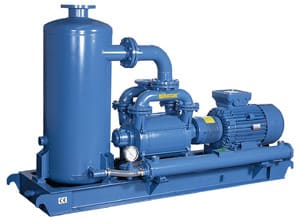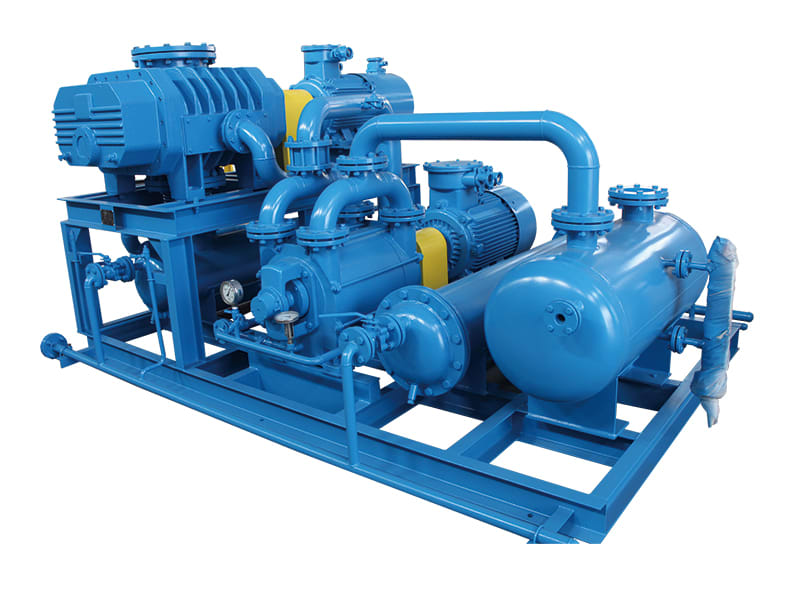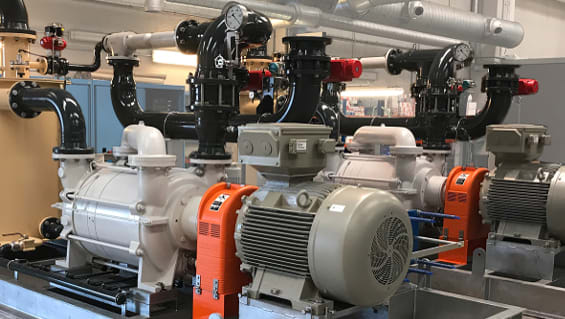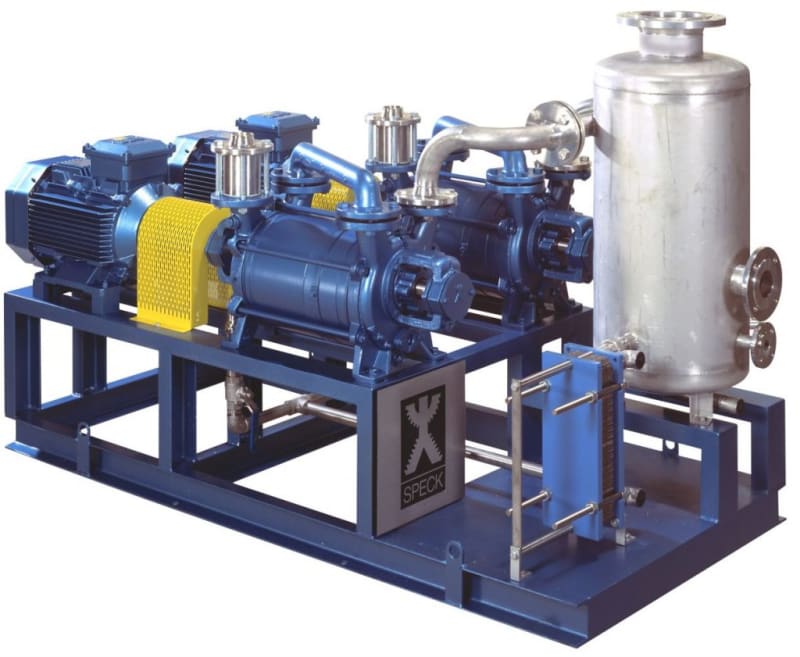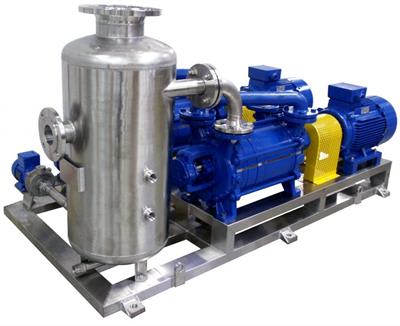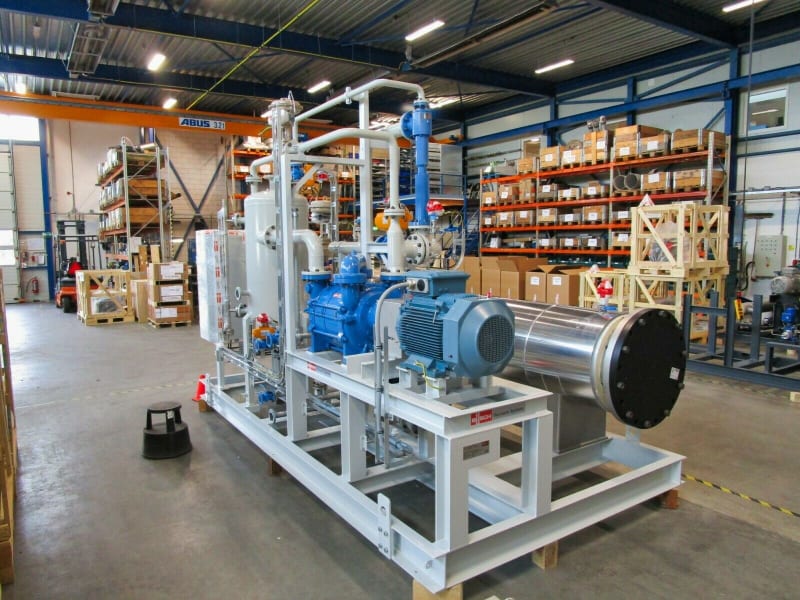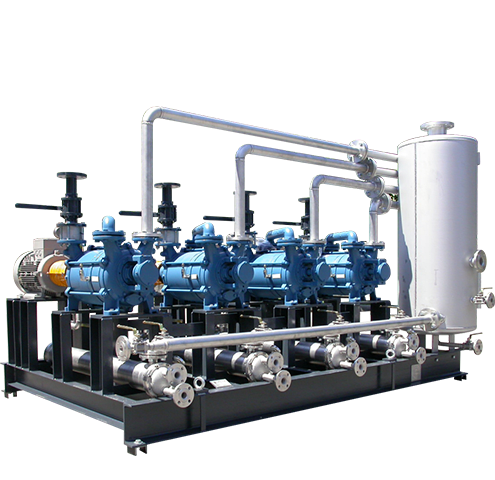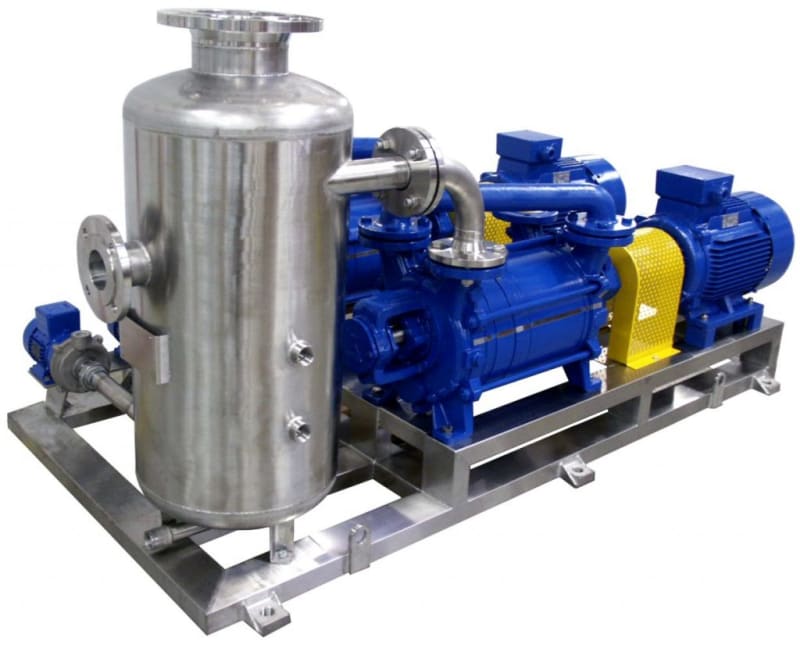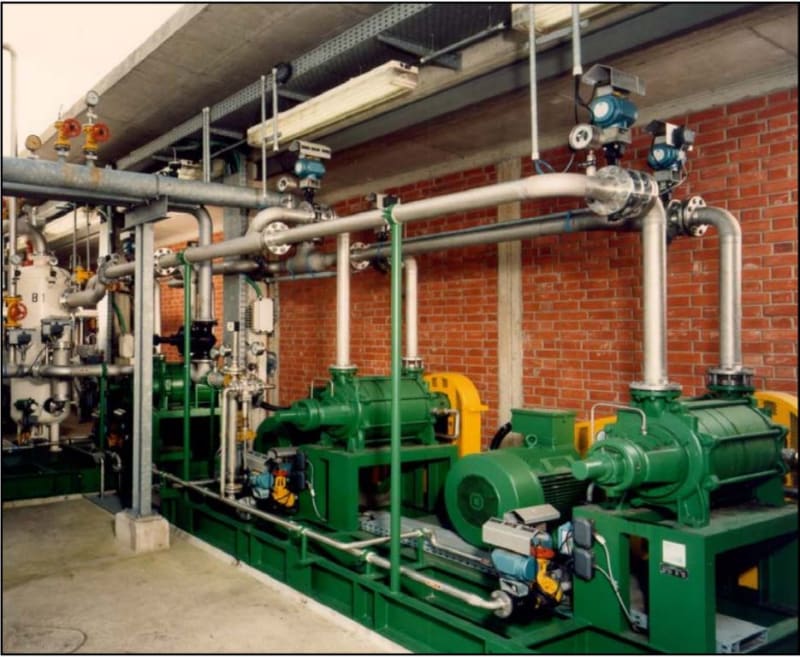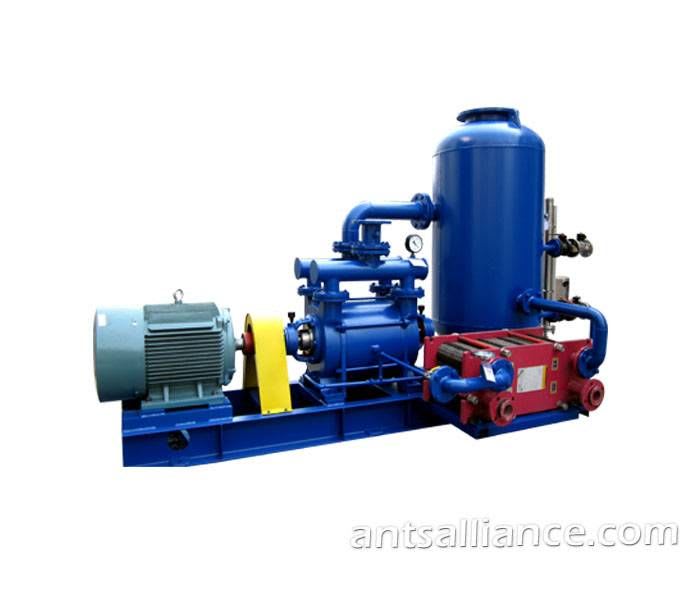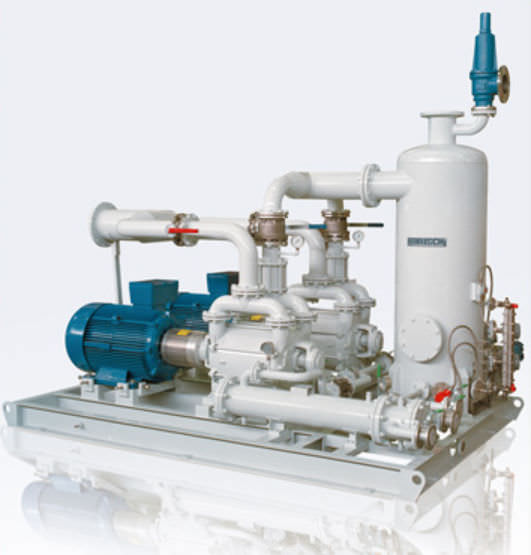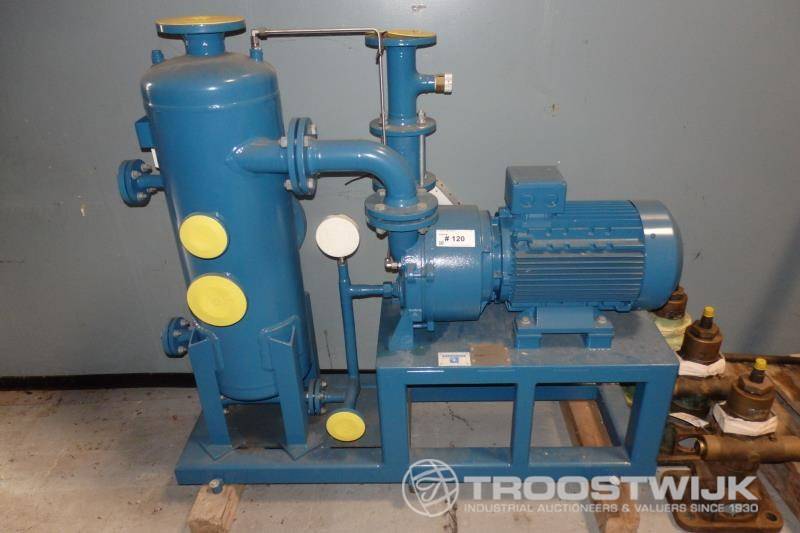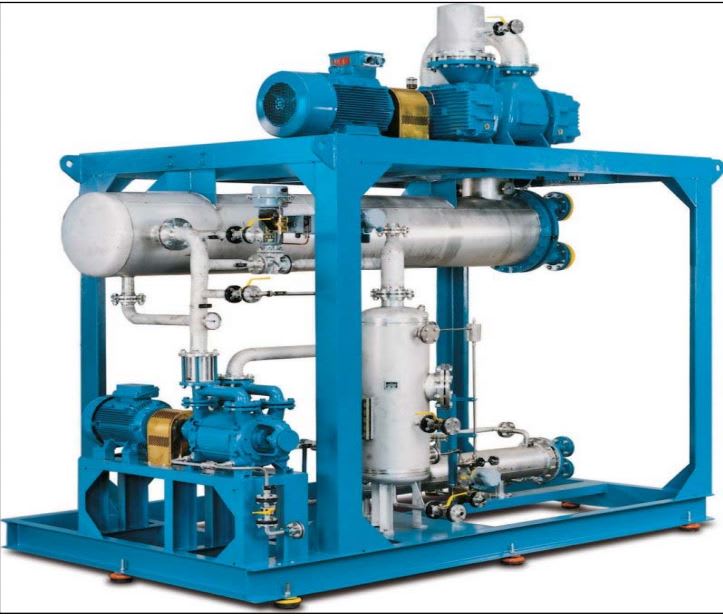Hi guys,
I am wondering about the design of most suppliers for API Pump skids especially API 681.
In most cases it is required to keep pipe length as short as possible for a good process. When you hit the google search you can find a lot of examples for those pump skids with Vessels, HX, etc.
Do those suppliers not have a detailed look on the piping design regarding thermal expansion? In most cases acceptable nozzle loads are very low and stiff piping will result in high forces an moments. Pumps and vessels are directly bolted without any sliding saddle. Expansion joints are often forbidden in oil and gas market and from my point of view also rarely used because of limited life time.
On the other side the pipes are very short and temperature not high so there is not so much expansion.
How do they handle this practically? Just do not care about pipe stress calculations or make some special assumptions and ignore requirements of e.g. B31.3?
Let me know your feedback
Thanks
I am wondering about the design of most suppliers for API Pump skids especially API 681.
In most cases it is required to keep pipe length as short as possible for a good process. When you hit the google search you can find a lot of examples for those pump skids with Vessels, HX, etc.
Do those suppliers not have a detailed look on the piping design regarding thermal expansion? In most cases acceptable nozzle loads are very low and stiff piping will result in high forces an moments. Pumps and vessels are directly bolted without any sliding saddle. Expansion joints are often forbidden in oil and gas market and from my point of view also rarely used because of limited life time.
On the other side the pipes are very short and temperature not high so there is not so much expansion.
How do they handle this practically? Just do not care about pipe stress calculations or make some special assumptions and ignore requirements of e.g. B31.3?
Let me know your feedback
Thanks

